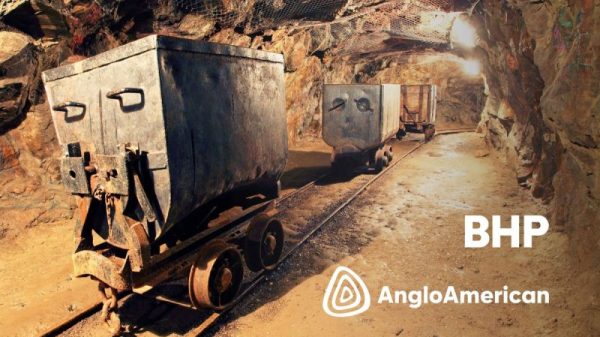Across sweeping desert vistas, spectacular star dunes stand out. The distinctive mounds are among the tallest sand dunes on Earth, and their pyramid shapes are sculpted by a crossfire of winds gusting from multiple directions, creating spiraling sand ridges that pinwheel outward from a central peak.
While star dunes are commonly found in sandy deserts worldwide, scientists have long wondered about their formation and their puzzling absence in the geological record.
Related article Rare rock structures could provide a glimpse into possible life on ancient Mars
Now, an investigation of a star dune in Erg Chebbi, a region of the Sahara Desert in Morocco, has revealed surprises about its age and growth — and hinted that ancient evidence of star dunes may have been hiding in plain sight all along.
Using radar scans and analysis of sand grains buried deep inside the star dune, scientists mapped the mound’s internal structure. The researchers calculated that the oldest part of the dune’s base formed around 13,000 years ago. But for about 8,000 years, the research team discovered, the star dune — which covers 0.4 miles (700 meters) and stands 328 feet (100 meters) tall — didn’t grow much at all. In fact, most of the growth to its present size took place over the past 1,000 years, much more rapidly than expected, researchers reported March 4 in the journal Scientific Reports.
The new study’s scans also revealed that the dune was on the move.
“Knowing how fast these things are moving is quite important for infrastructure in these areas,” as their migration could affect construction of roads or pipelines, he added.
Below the surface
When these radio waves bounced back to the receiver’s antenna, they produced high-resolution images showing the shapes of different sediment layers below the researchers’ feet, Bristow explained.
The next step was to collect sand samples at different depths to find out when those sands were deposited. To do that, the scientists extracted tubes of sand cores from Lala Lallia by digging a shallow pit and hammering hollow pipes made of metal or plastic into the dune “so we end up with these little tubes of sand inside an opaque container,” Duller said. In the lab, the researchers then peered inside individual sand grain crystals of quartz and feldspar to measure environmental radiation that accumulated over thousands of years in the dune’s dark depths.
“There’s radioactivity everywhere, at very low levels,” Duller said. “Some of it gets stored within the crystals.”
Related article A shallow lake in Canada could point to the origin of life on Earth
Exposure to daylight scrubs radiation from these crystal reservoirs within 10 to 30 seconds, he added. But once sand grains are buried, radiation from the environment around them starts building up. In the laboratory at Aberystwyth, the scientists made the collected grains release their stored energy as light, then analyzed light intensity to calculate their age, a technique called optically stimulated luminescence dating. The researchers shined a light on the minerals to free trapped electrons, producing a luminescent signal that the researchers then measured to determine how long the crystals had been in darkness.
“The brighter the light, the older the sediment,” Duller explained. By measuring the brightness of grains from different depths in the dune, the research team was able to calculate when the structure first formed, when it had its biggest growth spurt, and its rate of movement.
A mystery solved
The new findings also addressed a longstanding mystery for geologists: Where is all the ancient evidence of star dunes?
Desert environments are typically well-preserved in the geological record, and dunes leave behind clues about their distant past in layers of compressed sandstone. But ancient evidence of star dunes is exceptionally rare, save for one known example in Scotland dating to the Permian-Triassic (about 251.9 million years ago).
“Why is that? Where have all the star dunes gone?” Duller asked. The answer, the scientists wrote, may be a matter of perspective. Star dunes are so big; perhaps eroded parts of their preserved structures were previously identified as standalone remnants of other types of dunes, the study authors reported.
“When you look at each piece individually of a star dune in the geological record, it’s going to look like something else,” Duller said. “But when you get all of these pieces together — and you can see these large troughs of cross-bedded sands in the middle, you can see these arms stretching out in each direction — that’s when you can confidently say it’s a star dune.”
Related article Scientists offer evidence to support possible Great Sphinx origin story
One possible explanation for why ancient star dunes were overlooked for so long is that, for a long time, it was unknown just how common they were, Goudie suggested.
“The fact that star dunes have not been identified very much in the stratigraphic record may partly be because many geologists were not very much aware of star dunes and only knew about longitudinal dunes and barchans (crescent-shaped dunes),” Goudie said. “Now, with the help of Google Earth, we know just how widespread these features are.”
Mindy Weisberger is a science writer and media producer whose work has appeared in Live Science, Scientific American and How It Works magazine.







































